THE PERSECUTION OF CHRISTIANS - PART 1
The period between 0 AD - 100 AD saw the clash between the authoritative power of the world and a new religion that threatened to destroy that authority through grace and innocence.
By observing the persecution of Christians throughout history, one can see the enemy of God first hand. This is the reason for this series, which is to expose the cabal and the hidden history of their deep deception within the minds of men. Christianity represents the main enemy to Satan, which is why we see King Herod I trying to kill Jesus Christ before he even came out of the womb.
Christianity has its roots with the shedding of innocent blood, which can even be seen before the religion was created in Bethlehem. After the birth of Jesus Christ, a group of magi from the East visited Herod to inquire the whereabouts of "the one having been born king of the Jews", because they had seen his star in the east and therefore wanted to pay him homage. Herod, as King of the Jews, was alarmed at the prospect of an usurper. Herod assembled the chief priests and scribes of the people and asked them where the "Anointed One", the Messiah, was to be born. They answered, in Bethlehem, citing Micah 5:2.
Herod sent the magi to Bethlehem, instructing them to search for the child and, after they had found him, to "report to me, so that I too may go and worship him". However, after they had found Jesus, they were warned in a dream not to report back to Herod. Similarly, Joseph was warned in a dream that Herod intended to kill Jesus, so he and his family fled to Egypt. When Herod realized he had been outwitted, he gave orders to kill all boys of the age of two and under in Bethlehem and its vicinity. Joseph and his family stayed in Egypt until Herod's death, then moved to Nazareth in Galilee to avoid living under Herod's son Archelaus.
From the moment Jesus Christ was born to his death, he was persecuted for his innocence. God came to earth as a man, committed zero sins and was killed for it by the Sanhedrin and the Romans. His entire life was the example of how all his followers should strive to be. The early followers of Jesus Christ knew that being persecuted through being righteousness and sharing Jesus’s teachings would result in severe punishment on Earth.
“Blessed are those who are persecuted for righteousness' sake, for theirs is the kingdom of heaven. “Blessed are you when others revile you and persecute you and utter all kinds of evil against you falsely on my account. Rejoice and be glad, for your reward is great in heaven, for so they persecuted the prophets who were before you.”
- Mathew 5:10-12
Jesus Christ, the Messiah - Died in 30 AD from Crucifixion in Jerusalem
After the death of Jesus, his Apostles and Disciples established Christian groups in cities, such as Jerusalem. The movement quickly spread to Damascus and Antioch, capital of Roman Syria and one of the most important cities in the empire. Early Christians referred to themselves as disciples or saints, but it was in Antioch that they were first called Christians.
Before we discuss what happened with the 12 apostles and 72 Disciples, lets go back and analyze the time period during Jesus’s lifetime and the early years of Christianity. The Religion of Cain that was discussed in the THE ANTEDILUVIAN OBSESSION - PART 3 was best represented by the Herod Kings of Judea, Sanhedrin and the Roman Emperor Nero.
The Herod Kings, Sanhedrin and Nero
When people study history, it’s almost unanimously agreed upon that these groups of men were some of the most evil in history. The amount of innocent people they killed was on full display but without them, the violent nature of the Mark of Cain wouldn’t have been exposed. It all begins with the Herodian Dynasty that were in charge of the land of Judea at the time of Jesus’s birth:
The Herod Kings include:
Herod I (72 BC - 4 BC) - King of Judea (37 BC - 4 BC) - He ruled over all of Judea but after he killed the innocent children in Bethlehem, there was a massive revolt in 4 BC. This forced the Roman Emperor Augustus to pay more attention to the area, which resulted in the Judea being split into 5 regions, called the Herodian Tetrarchy. This was also the same year Herod I died and Jesus Christ was born.
Herod Archelaus (23 BC - 18 AD) - Reign over Central Judea (4 BC - 6 AD) - He ruled over the main area of Judea that included Jerusalem until 6 AD. Herod had placed a golden eagle over the entrance of Solomon’s Temple, which was perceived as blasphemous. Herod also attacked his predecessors, the dynastic Hasmoneans, where he killed all male lineal successors of the Hasmoneans. This forced Rome to replace Arhelaus with a Roman prefect, who would act as Governor, which was where Pontius Pilate received his power.
Herod Antipas (20 BC - 39 AD) - Reign over Galilee (4 BC - 39 AD) - He was responsible for the imprisonment and beheading of John the Baptist in 30 AD. Also Pilate initially handed Jesus over to Antipas, in whose territory Jesus had been most active, but Antipas sent him back to Pilate's court, which resulted in the death of Jesus.
Herod Agrippa (11 BC - 44 AD) - King of Judea (41 AD - 44 AD) - In 41 AD, he already possessed the territory of Herod Antipas and Philip, obtained the title of King of the Jews by Roman Emperor Claudius, and in a sense, re-formed the Kingdom of Judea of Herod the Great. Herod Agrippa was reportedly eager to endear himself to his Jewish subjects and continued the persecution in which the apostle James the Great lost his life, Saint Peter narrowly escaped and the rest of the apostles took flight.
After Agrippa's death in 44, the Roman procuratorship began and those leaders maintained a neutral peace, until the procurator Porcius Festus died in 62. The high priest Ananus ben Ananus took advantage of the power vacuum to attack the Church and execute Jesus Christ’s brother, James the Just, then leader of Jerusalem's Christians.
According to Tacitus and later Christian tradition, Nero blamed Christians for the Great Fire of Rome in 64 AD, which destroyed portions of the city and economically devastated the Roman population. This resulted in many of the apostles and disciples of Jesus being martyred in Rome. What’s interesting was that the First Jewish-Roman War began in 66 AD, 2 years after the Great Fire of Rome.
This Jewish Roman War was most likely a ruse set up by Nero and the Sanhedrin to get the growing Christianity faith out of Jerusalem before it takes over the entire city. Ananus ben Ananus , the high priest of the Sanhedrin who killed Jesus’s brother James, was also the leader of the Judean provisional government when the war started. This was the war that caused the destruction of Solomon’s Temple that was foretold by Jesus Christ. Remember Jesus’s brother, James, was the leader of Christianity in Jerusalem.
In the Talmud, Nero is mentioned in high regard because one of their greatest sages (Tannaim), Reb Meir Baal HaNess, who was the 3rd most frequently mentioned sage in the Mishnah, was supposedly a descendant of Nero:
“Nero then conducted another test: He said to a child: Tell me a verse that you learned today. He said to him as follows: “And I will lay My vengeance upon Edom by the hand of My people Israel” (Ezekiel 25:14). Nero said: The Holy One, Blessed be He, wishes to destroy His Temple, and He wishes to wipe his hands with that man, i.e., with me. The Romans are associated with Edom, the descendants of Esau. If I continue on this mission, I will eventually be punished for having served as God’s agent to bring about the destruction. So he fled and became a convert, and ultimately Rabbi Meir descended from him.”
- Gittin 56a, source
Nero forced the Jewish Faith, which at the time was a mix of Christianity and non-believers, out of Jerusalem. The non-believers started a new religion called Judaism and moved their headquarters to Babylon after the Jewish Roman War, which I discuss in ORIGINS OF THE CABAL - PART 2. This was also the moment that the Christians began to separate themselves from the Jewish people who still didn’t believe Jesus was the Messiah. This can be seen in the Epistle of Barnabas, a late-1st/early-2nd century letter attributed to Barnabas, the companion of Paul mentioned in the Acts of the Apostles.
In no other writing of that early time is the separation of the Christians from non-believers so clearly insisted upon. Christians, according to Barnabas, are the only true covenant people, and the Jewish people are no longer in covenant with God. Circumcision and the entire Jewish sacrificial and ceremonial system had been abolished in favor of "the new law of our Lord Jesus Christ". Barnabas claims that Jewish scriptures, rightly understood, serve as a foretelling of Christ and its laws often contain allegorical meanings.
The Epistle of Barnabas is part of the Codex Sinaiticus or Sinai Bible, which is a fourth century Christian manuscript of a Greek Bible, containing the majority of the Greek Old Testament, including the Apocrypha along with the deuterocanonical books, and the Greek New Testament, with both the Epistle of Barnabas and the Shepherd of Hermas included. It is one of the earliest and most complete manuscripts of the Bible, and contains the oldest complete copy of the New Testament, making it a historical treasure. For those wondering, this does not include the Book of Enoch, which I discuss in THE ANTEDILUVIAN OBSESSION - PART 1.
The Persecution of Christians by the Romans was launched by Nero because of many factors. As discussed earlier, it was most likely a focus because of the partnership between the Romans and Sanhedrin but also because of the way Christianity was massively disruptive to the worship of their Pagan Gods.
Pagan Rome vs. the Early Christians
The Romans had a negative perception of the early Christians. The Roman historian Tacitus wrote that Christians were despised for their "abominations" and "hatred of humankind". The belief that Christians hated humankind could refer to their refusal to participate in social activities connected to pagan worship—these included most social activities such as the theater, the army, sports, and classical literature. Like Jews, Christians refused to worship the Roman emperor. While Jews were exempt from imperial cult worship, the refusal of Gentile Christians to participate in the imperial cult was considered treason and was the rationale for state sanctioned persecution. This is also proof that the Sanhedrin were very close to the Roman Emperors.
Persecution was caused by an ideological conflict because Caesar was seen as divine. Christians could accept only one divinity, and it wasn't Caesar. The exclusive sovereignty of Christ clashed with Caesar's claims to his own exclusive sovereignty:
"Christian attendance at civic festivals, athletic games, and theatrical performances were fraught with danger, since in addition to the 'sinful frenzy' and 'debauchery' aroused, each was held in honor of pagan deities. Various occupations and careers were regarded as inconsistent with Christian principles, most notably military service and public office, the manufacturing of idols, and of course all pursuits which affirmed polytheistic culture, such as music, acting, and school-teaching. Even the wearing of jewelry and fine apparel was judged harshly by Christian moralists and ecclesiastical officials, as was the use of cosmetics and perfumes".
- Bryant, Joseph M. (1993). The British Journal of Sociology.
In Rome, citizens were expected to demonstrate their loyalty by participating in the rites of the state religion which had numerous feast days, processions and offerings throughout the year. Christians simply could not, and so they were seen as belonging to an illicit religion that was anti-social and subversive.
Early Christians were told to love others, even enemies, and Christians of all classes and sorts called each other "brother" and "sister". This inclusivity of various social classes and backgrounds stems from early Christian beliefs of the importance of performing missionary work among Jews and gentiles. This was perceived by the opponents of Christianity as a "disruptive and, most significantly, a competitive menace to the traditional class/gender-based order of Roman society".
The term Christian only became tangible in documents after the year 70 AD and that before that time, believers in Christ were reckoned ethnically and religiously as belonging totally to the Jews. Suetonius and Tacitus used the terms "superstitio" and "impious rites" in describing the reasons for these events, terms not applied to Jews, but commonly applied to believers in Christ. Richardson strongly asserts that believers in Christ were the 'Jews' that Claudius was trying to be rid of by expulsion.
After the death of Jesus Christ, the only way the Romans knew how to try and control the spread of Christianity was by killing everyone that was associated with this new religion. The Romans wanted to make all of their citizens worship their pagan Gods and even the emperors themselves. Christianity would directly threaten the religion of Rome and the 12 apostles and 72 disciples were right in the middle.
The Martyrdom of the 12 Apostles and 72 Disciples
The 12 apostles were one of the main reasons for the spread of Christianity. When Jesus was alive, he told them to work in teams of two to share what he had taught them.
“Then Jesus called the Twelve together and gave them power and authority over all demons, and power to cure diseases. And He sent them out to proclaim the kingdom of God and to heal the sick. “Take nothing for the journey,” He told them, “no staff, no bag, no bread, no money, no second tunic. Whatever house you enter, stay there until you leave that area. If anyone does not welcome you, shake the dust off your feet when you leave that town, as a testimony against them.” So they set out and went from village to village, preaching the gospel and healing people everywhere.”
- Luke 9:1-6
Many people know the story of Jesus and how he was crucified on the cross but many people don’t know what happened to the apostles after Jesus died. The Resurrection of Jesus marked the first day when the Mark of Cain no longer had authority on Earth and Jesus told his apostles to teach the people of the world what they have learned:
Then Jesus came to them and said, “All authority in heaven and on earth has been given to me. Therefore go and make disciples of all nations, baptizing them in the name of the Father and of the Son and of the Holy Spirit, and teaching them to obey everything I have commanded you. And surely I am with you always, to the very end of the age.”
- Mathew 28:16-20
The apostles knew that they would be persecuted the same way Jesus was, minus Judas. These 11 apostles were persecuted to death trying to share Jesus’s message to the nations of the world:
James -Died in 44 AD by beheading in Jerusalem when King Herod launched a new persecution of Christians. He was the first martyr of the twelve apostles.
Andrew - Died in 60 AD by crucifixion at the city of Patras, Achaea. He was not nailed to the cross but was tied and it took several days before he died. It is said that he preached while hanging on the cross.
James, son of Alphaeus - Died in 62 AD by crucifixion in lower Egypt and then sawed in pieces.
Simon (Saint Peter) - Died in 64 AD by crucifixion at the time of the Great Fire of Rome. This was part of Nero’s persecutions of the Christians and was crucified upside down on a cross.
Thaddaeus (Jude) - Died in 65 AD by shooting of arrows through martyrdom in Beirut, Persia.
Simon the Zealot - Died in 65 AD by crucifixion at the same time and place as Jude for refusing to sacrifice to the sun god.
Bartholomew - Died in 70 Ad by flaying of knives in India.
Thomas - Died in 70 AD by getting speared by 4 soldiers in India.
Philip - Died in 80 AD by hanging in Hieropolis, Turkey.
Mathew, author of the Gospel of Matthew - Died in 90 AD by stabbing of Ethiopian King’s bodyguard as a Martyr.
John, author of the Gospel of John - Died in 100 AD after he was in exile on the Isle of Patmos and went to Ephesus.
The early Christian Church also consisted of the 72 disciples, who were also mentioned in the New Testament:
“After this the Lord appointed seventy-two others and sent them two by two ahead of him to every town and place where he was about to go.”
- Luke 10:1
Many of the 72 Disciples were also prosecuted for being followers of Jesus Christ. In Eastern Orthodox tradition, all 72 have feast days, which dedicates a specific day of the year that each one died as a Martyr.
Stephen the Protomartyr, 1st martyr of Christianity, after Jesus Christ, and leader of the Seven Deacons - Died in 33 AD by stoning for his transgressions of the Jewish Law in Jerusalem.
James, brother of Jesus - Died in 62 AD by being stoned to death by the Pharisees on order of the High Priest Ananus ben Ananus.
Herodion, bishop of Patras - Died by beheading in Rome 64 AD with Peter.
Trophimus, accompanied Paul the Apostle - Died in 64 AD in the Great Fire of Rome with Peter and Paul
Evodius, bishop of Antioch - Died 66 AD under Emperor Nero
Mark, author of the Gospel of Mark - Died in 68 AD by being dragged with a rope around his neck in Alexandria, Egypt.
Philemon, bishop of Gaza - Died as a Martyr at Colossae during the first general persecution in the reign of Nero.
Matthias, replaced Judas as the 12 apostle after Jesus died - Died in 80 AD by stoning and then beheaded in Jerusalem.
Nicanor, one of the Seven Deacons - Died in 76 AD as a Christina Martyr.
Luke, author of the Gospel of Luke - Died in 84 AD by hanging from an olive tree in Achaea, Roman Empire as a Martyr.
Crescens, bishop of Carchedon in Galatia - Died in 98 AD as a Christian Martyr in Galatia.
Aristobulus, bishop of Britain - Died in 99 AD at Glastonbury Abbey.
* No Specific year of death
Timon, one of the Seven Deacons - Died by fire by the local governor of Bosra, Syria.
Barnabas - Died in Salamis, Cyprus as a Christian Martyr.
Andronicus, bishop of Pannonia, Roman Empire - Died as a Christian Martyr.
Agabus, protphet mentioned in the Acts of the Apostles - Died by rope around his neck and dragged outside the city then stoned to death.
Hermas, bishop of Dalmatia - Died as a Christian Martyr.
Quartus, bishop of Berytus - Died by stoning and torture in Athens.
Joseph Barsabbas, one of the candidates to replace Judas as an apostle - Died as a Christian martyr.
Aristarchus, bishop of Apamea - Died as a Christian Martyr
The Growth of Christianity through Suffering
One of the Disciples named Jason went through severe punishment for being Christian but was able to survive and share his unbelievable story. He was appointed the Bishop of Tarsus by the Apostle Paul. With the apostle Sosipater he traveled to the island of Corfu, where they built a church in honor of the Apostle Stephen the Protomartyr and converted many pagans to the Christian faith. Seeing this, the king of Corfu threw them into prison where they converted seven other prisoners to the Christian faith: Saturninus, Jakischolus, Faustianus, Januarius, Marsalius, Euphrasius and Mammius. The king had those seven put to death in boiling pitch for their faith.
The king's daughter, the virgin Cercyra, having watched these holy apostles being tortured, turned to the Christian faith and distributed all her jewels to the poor. The king became angry and put her in prison, yet she would not deny Christ. So he had the prison burned, but she remained unharmed. Many people were baptized upon seeing this miracle. He then had her killed with arrows while tied to a tree.
Many believers fled to a nearby island to get away from the enraged king, but as he chased them, his boat sank. The new king embraced the Christian faith and in baptism received the name Sebastian. From then on Sosipater and Jason freely preached the Gospel and built up the Church in Corfu until a very old age, when they gave up their souls to God.
Another example of the power of God through his new covenant was how the persecution and death of Stephen, the first Martyr, was able to influence the Apostle Paul to accept gentiles into this new religion.
Saul of Tarsus, commonly known as Paul the Apostle, persecuted the early Jewish Christians, then converted and started his mission among the Gentiles. The main concern of Paul's letters is the inclusion of Gentiles into God's New Covenant, sending the message that faith in Christ is sufficient for salvation. Paul the Apostle wasn’t a part of the 12 appointed apostles of Jesus. He converted to Christianity after the death of Jesus Christ and prior to that he was a Pharisee from a family of Pharisees. After he converted he became the greatest contributor of the New Testament by authoring the Acts of the Apostles and the majority of the Epistles.
Some time after having approved of the execution of Stephen, Paul was traveling on the road to Damascus so that he might find any Christians there and bring them "bound to Jerusalem". At midday, a light brighter than the sun shone around both him and those with him, causing all to fall to the ground, with the risen Christ verbally addressing Paul regarding his persecution. Having been made blind, along with being commanded to enter the city, his sight was restored three days later by Ananias of Damascus. After these events, Paul was baptized, beginning immediately to proclaim that Jesus of Nazareth was the Jewish messiah and the Son of God.
This is one of several reasons Christianity gradually grew apart from Judaism during the first three centuries of the Christian Era, along with other issues such as that the majority of Jews did not see Jesus as Messiah. Christianity did not support the Jews in their rebellion against Rome, and Christianity blamed Judaism's rejection of Jesus as the reason for the Temple's destruction.
According to the New Testament, Paul the apostle established Christian communities throughout the Mediterranean world. He is known to have spent some time in Arabia. After preaching in Syria, he turned his attention to the cities of Asia Minor. By the early 50s, he had moved on to Europe where he stopped in Philippi and then traveled to Thessalonica in Roman Macedonia. He then moved into mainland Greece, spending time in Athens and Corinth. While in Corinth, Paul wrote his Epistle to the Romans, indicating that there were already Christian groups in Rome. Some of these groups had been started by Paul's missionary associates Priscilla and Aquila and Epainetus.
Paul, the author of the Acts of the Apostles and the Epistles - Died in 64 AD in the Great Fire of Rome with Peter
Social and professional networks played an important part in spreading the religion as members invited interested outsiders to secret Christian assemblies that met in private homes. Commerce and trade also played a role in Christianity's spread as Christian merchants traveled for business. Christianity appealed to marginalized groups (women, slaves) with its message that "in Christ there is neither Jew nor Greek, neither male nor female, neither slave nor free" (Galatians 3:28). Christians also provided social services to the poor, sick, and widows.
Christianity spread as a grassroots movement that became established by the third century. Historian Keith Hopkins estimated that by AD 100 there were around 7,000 Christians (about 0.01 percent of the Roman Empire’s population of 60 million). Separate Christian groups maintained contact with each other through letters, visits from itinerant preachers, and the sharing of common texts, some of which were later collected in the New Testament. Sociological studies indicate critical mass was achieved in the hundred years between 150 and 250 which saw Christianity move from fewer than 50,000 adherents to over a million.
To be continued in PART 2 …

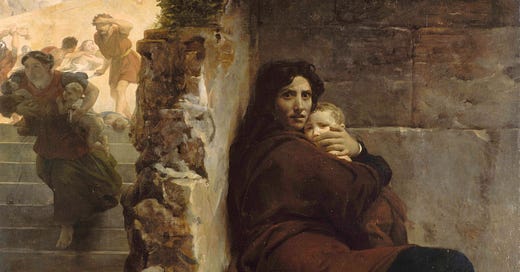



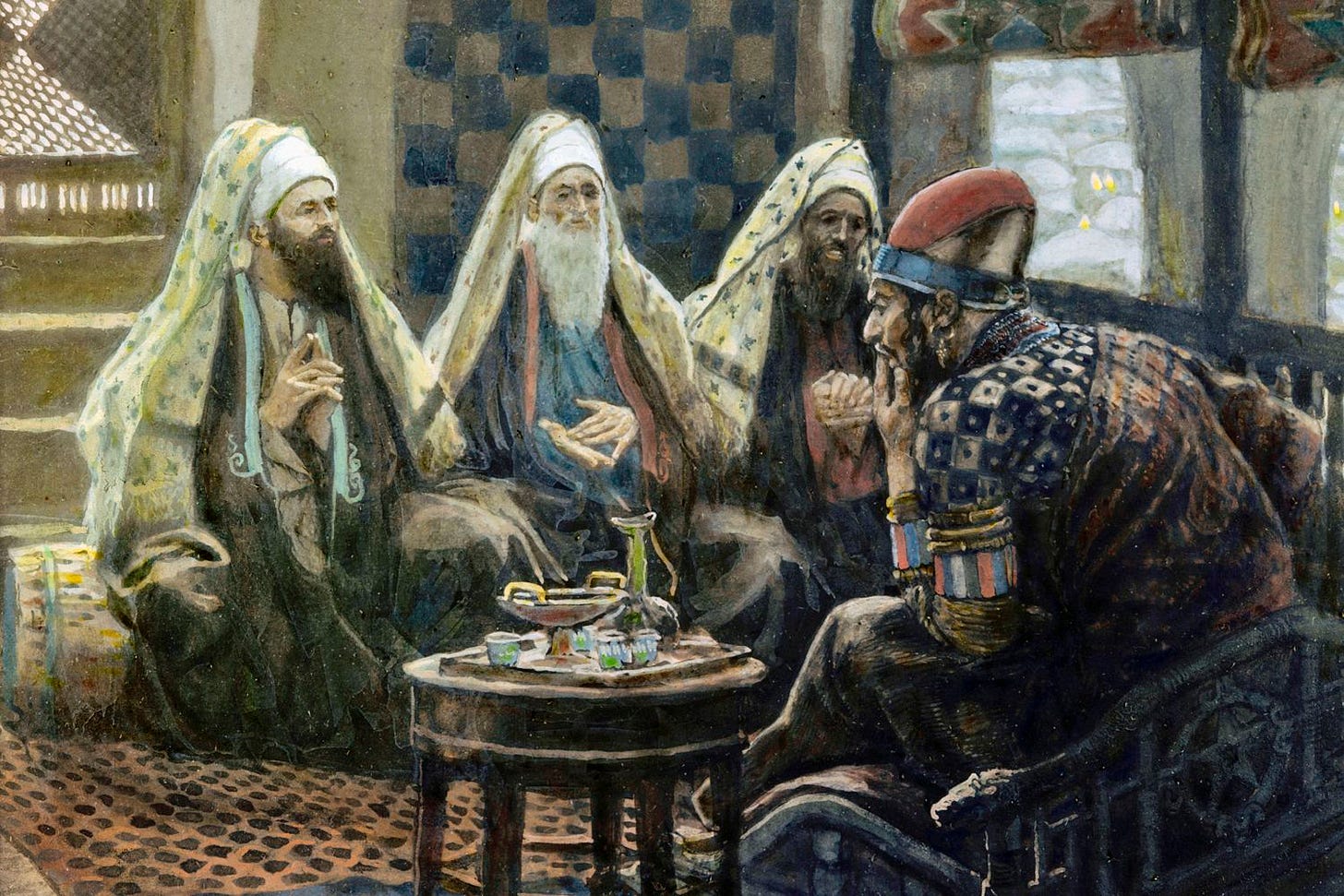
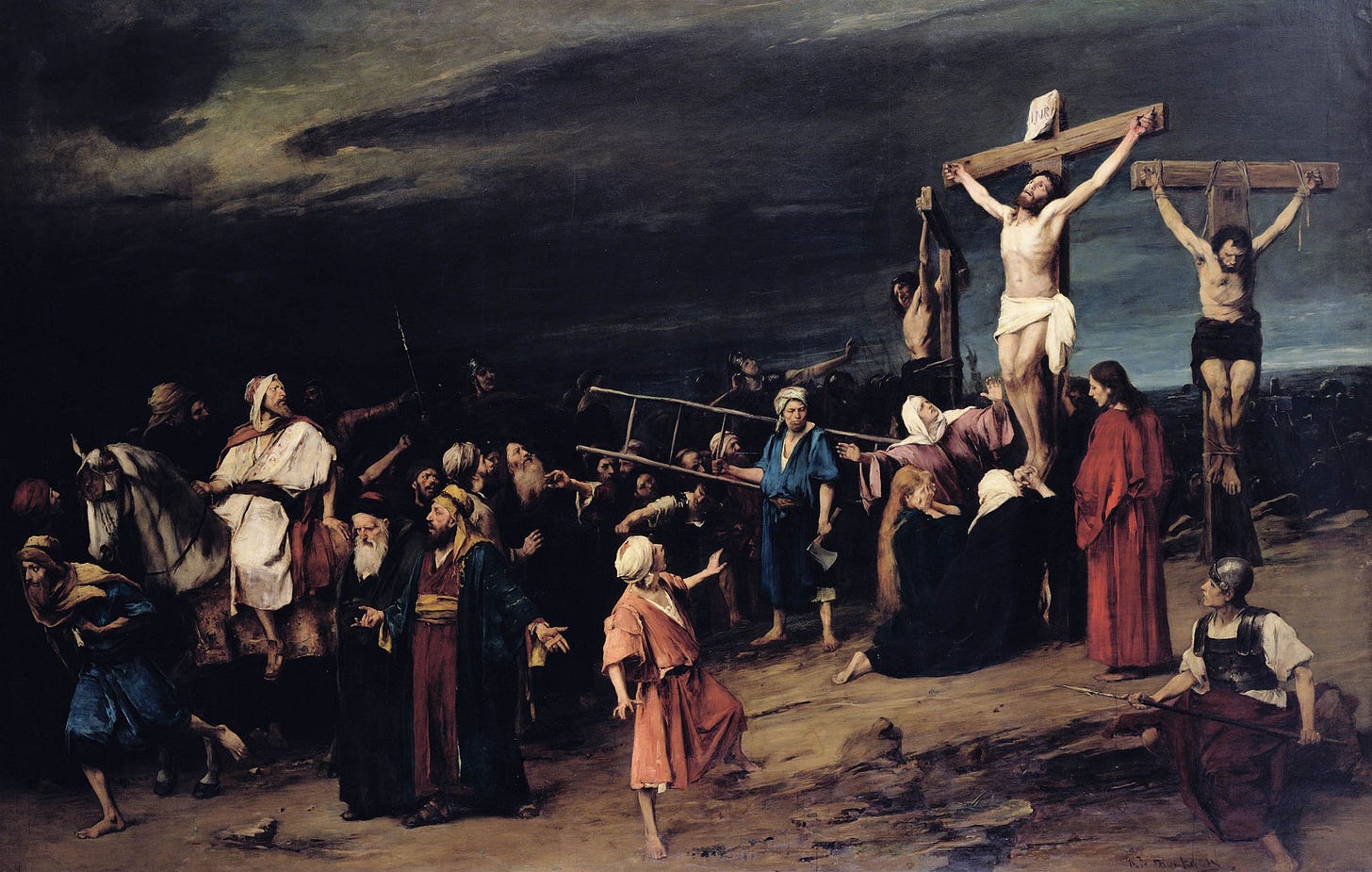


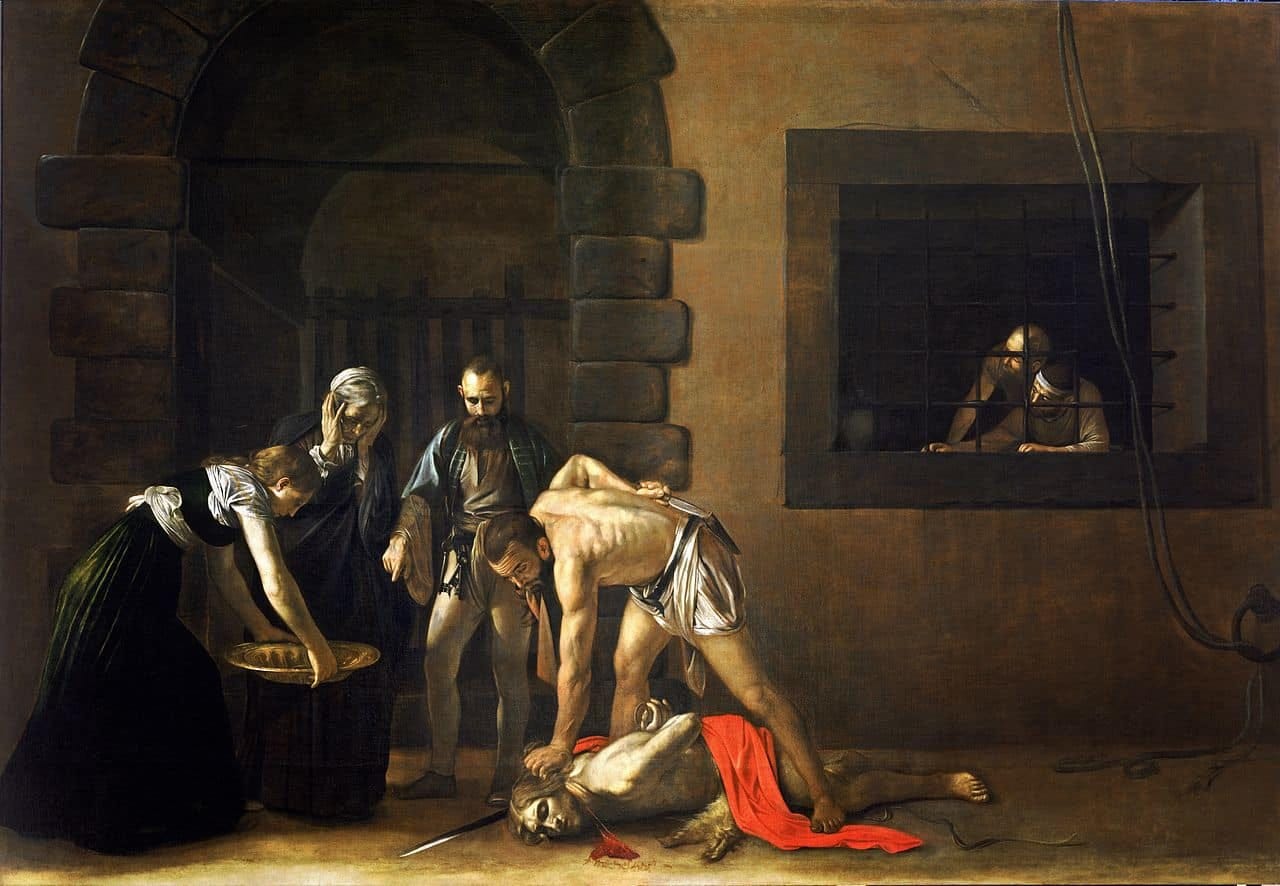
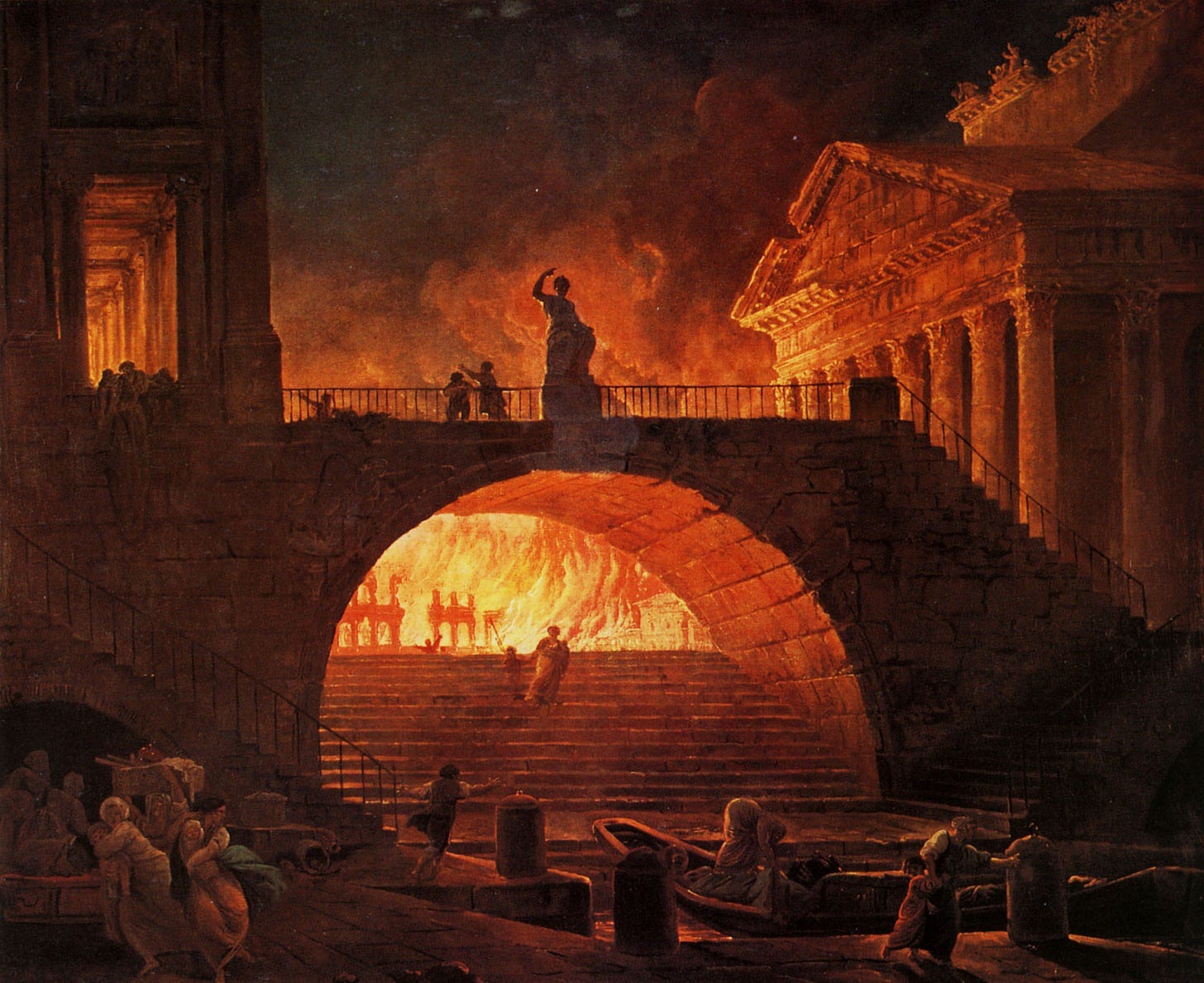
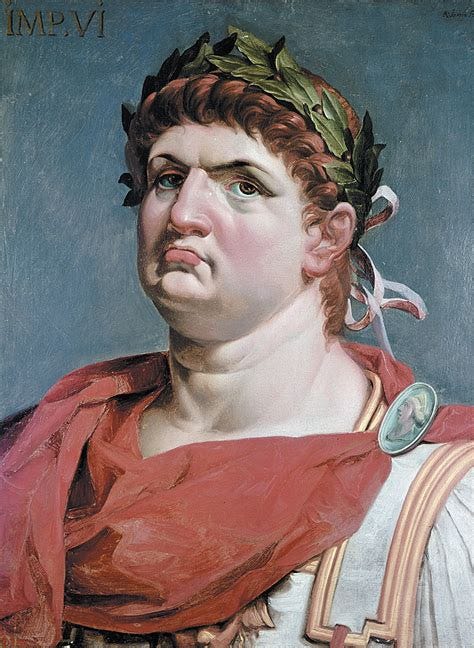
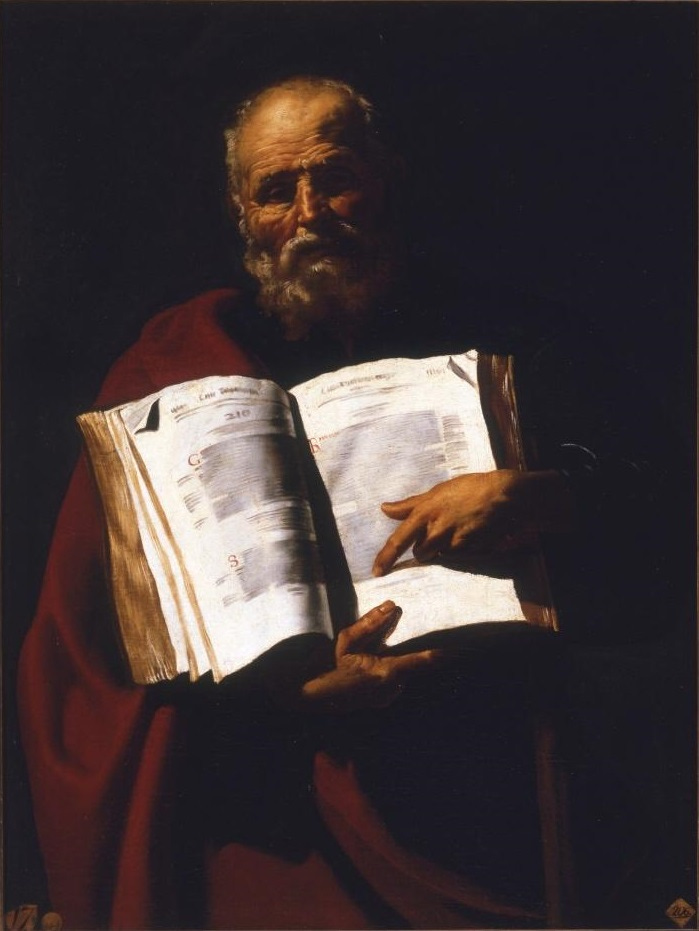

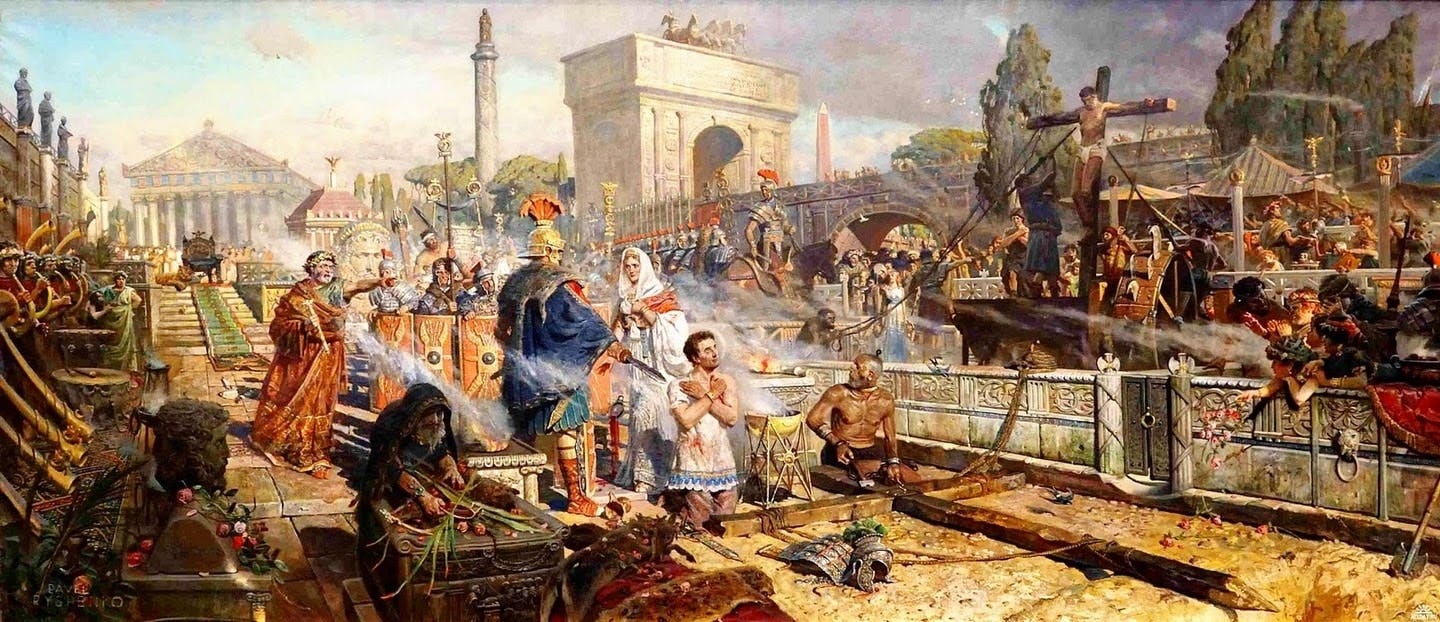

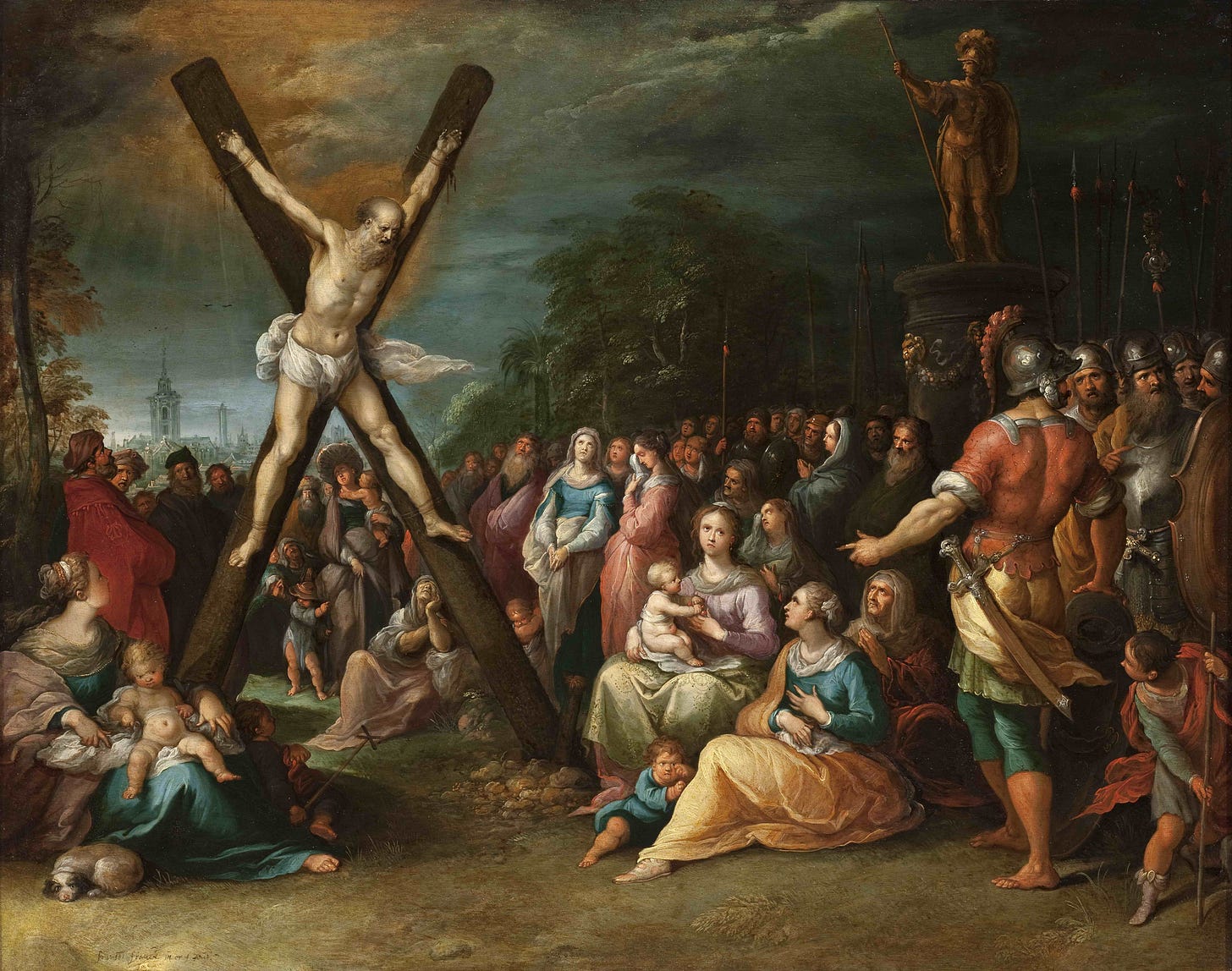

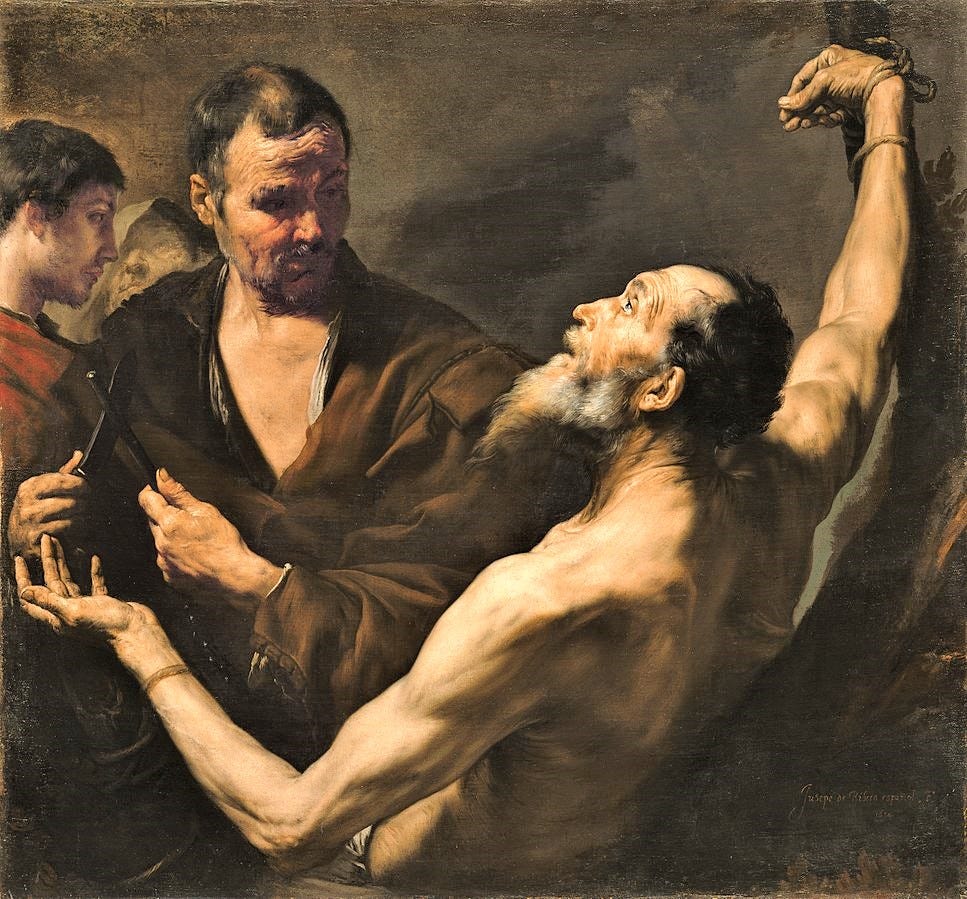
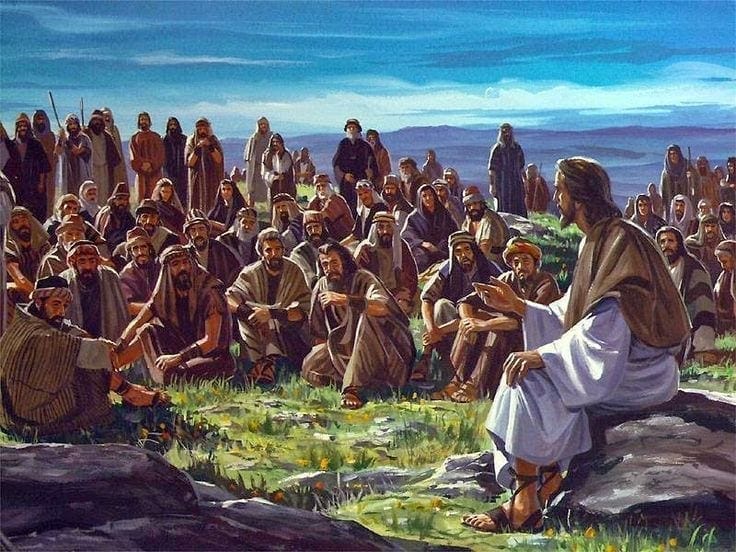
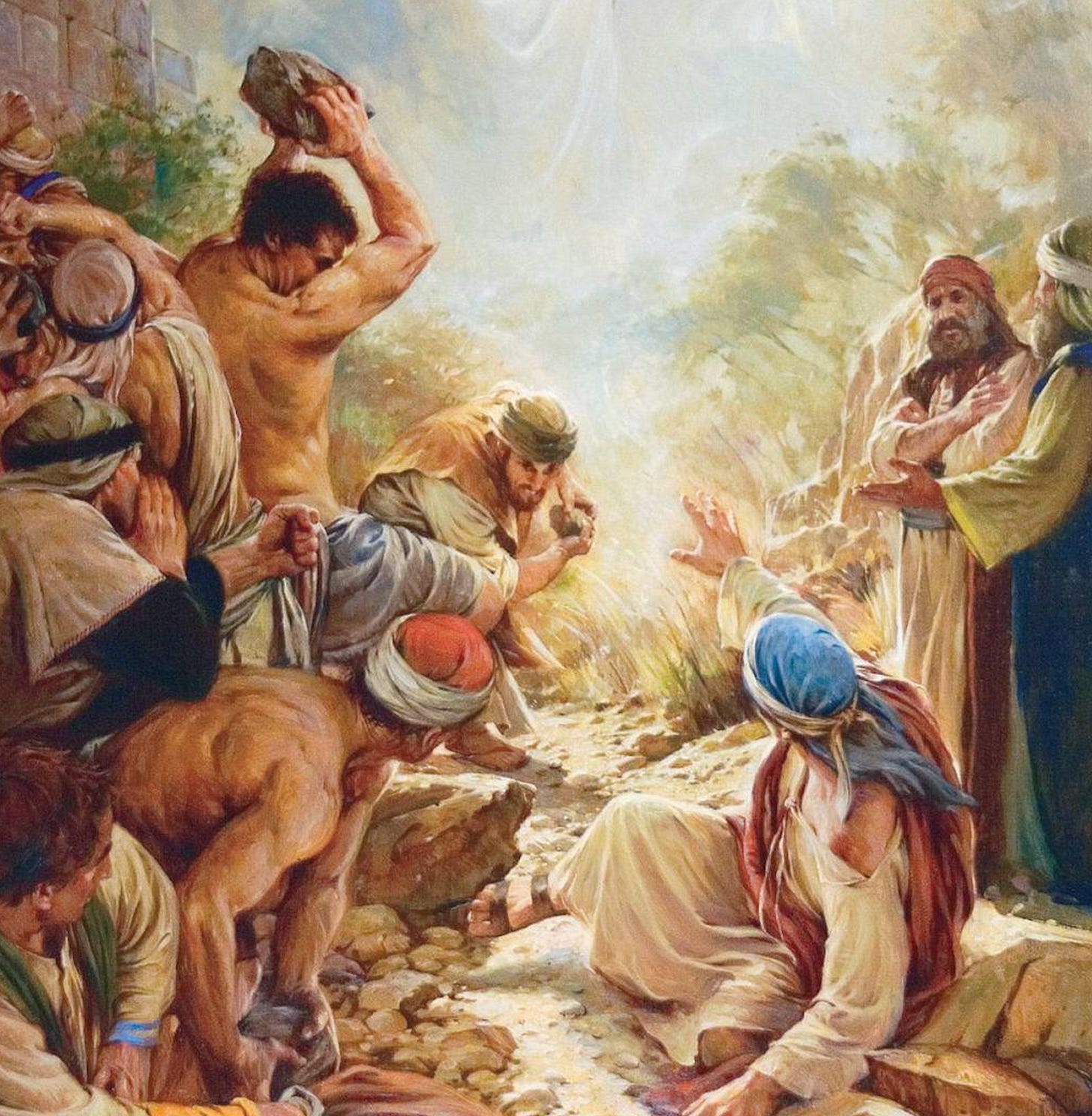
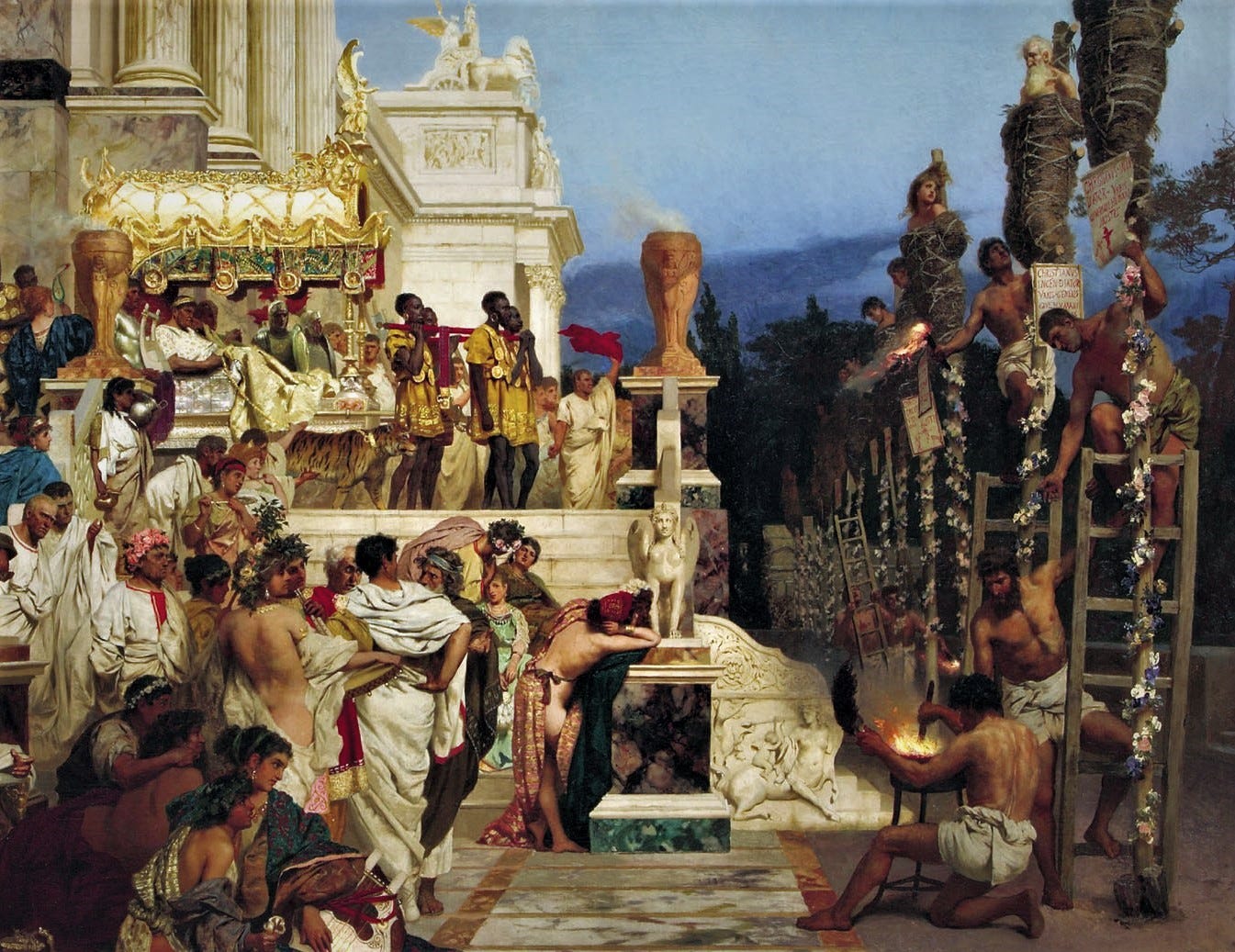
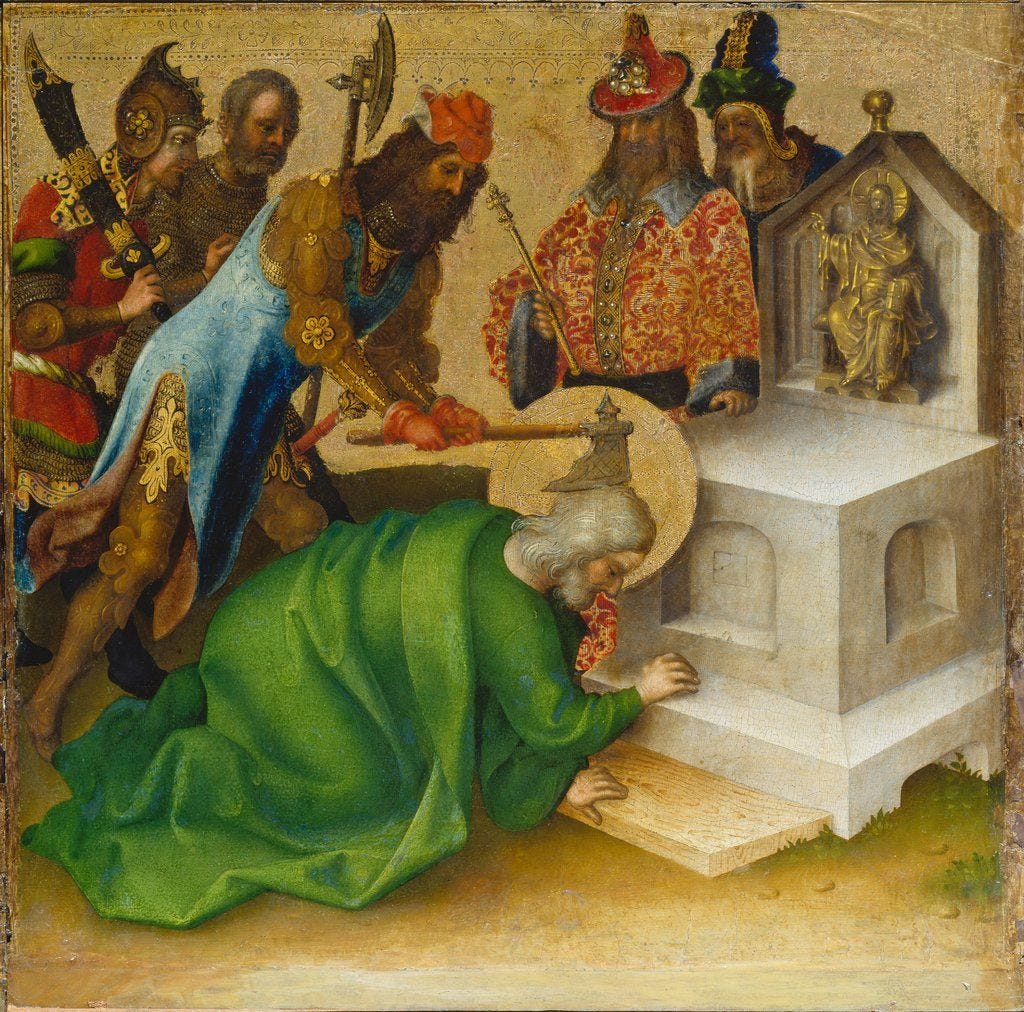


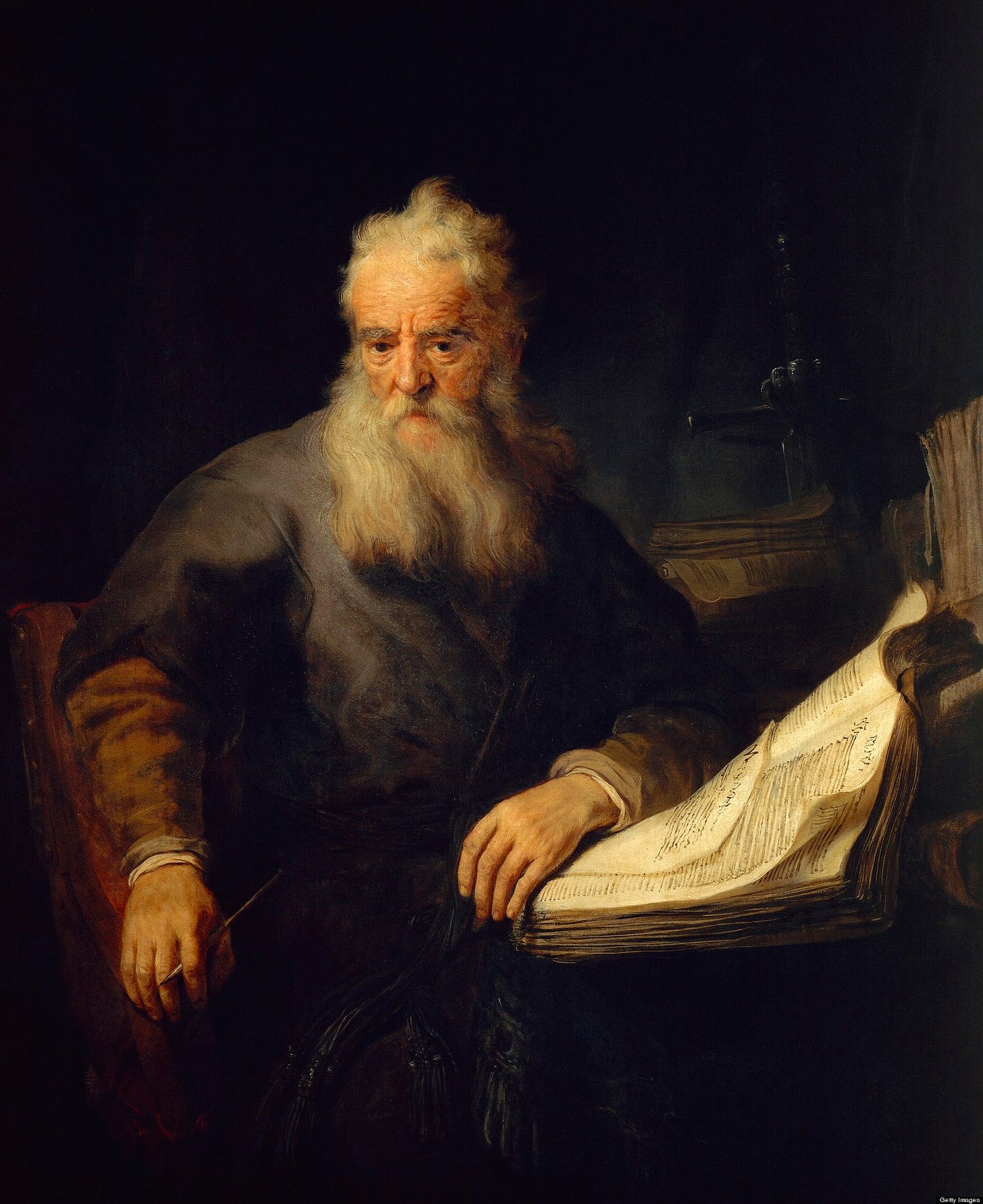
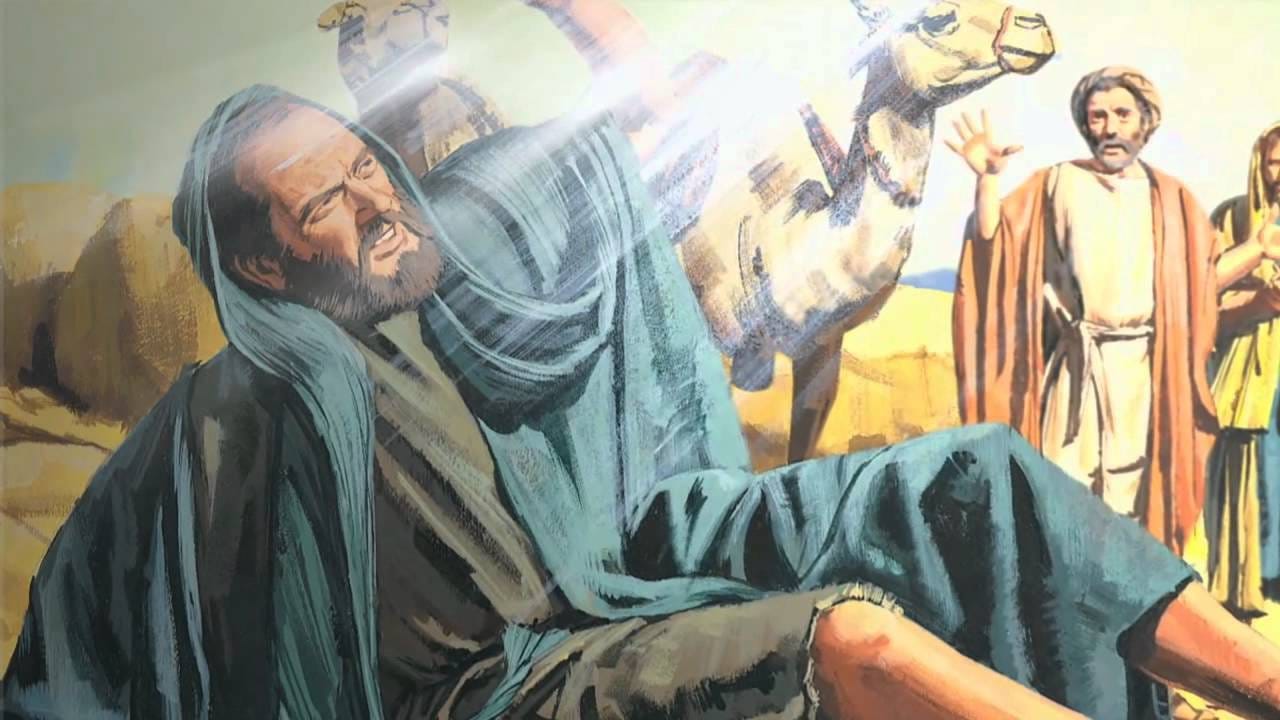
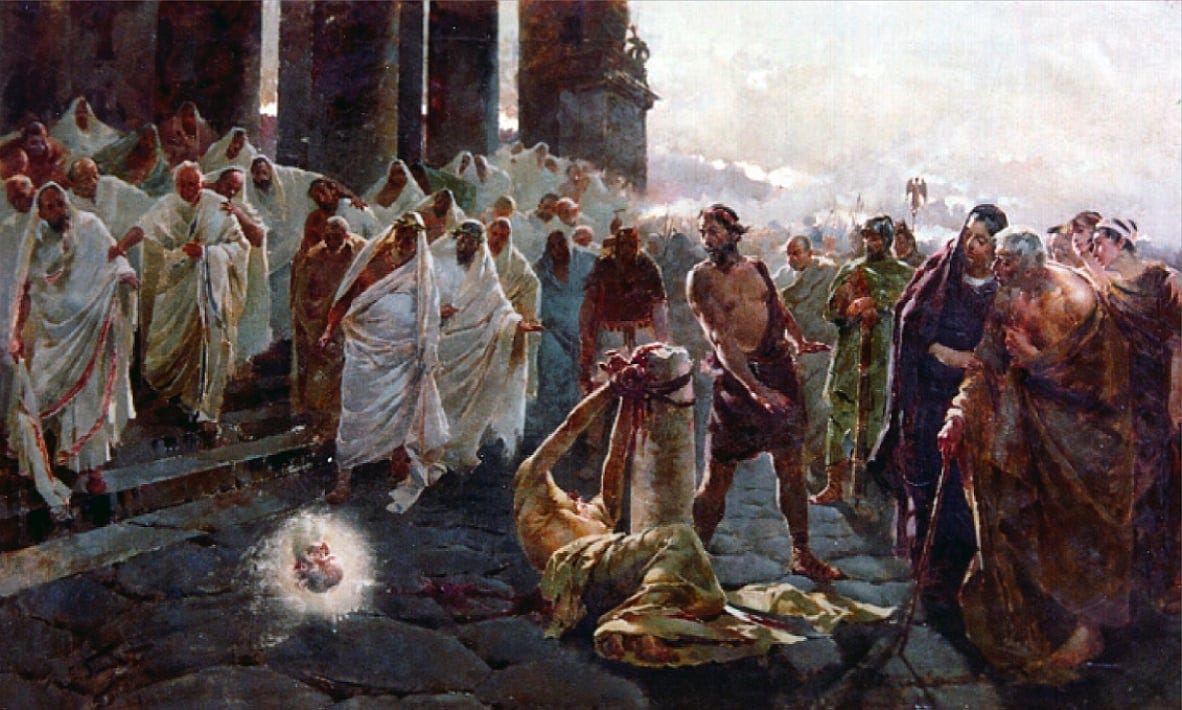
Amazing work. Paints the picture that most pastors fail to over their entire careers. Keep up the good work.
Thank you FREN